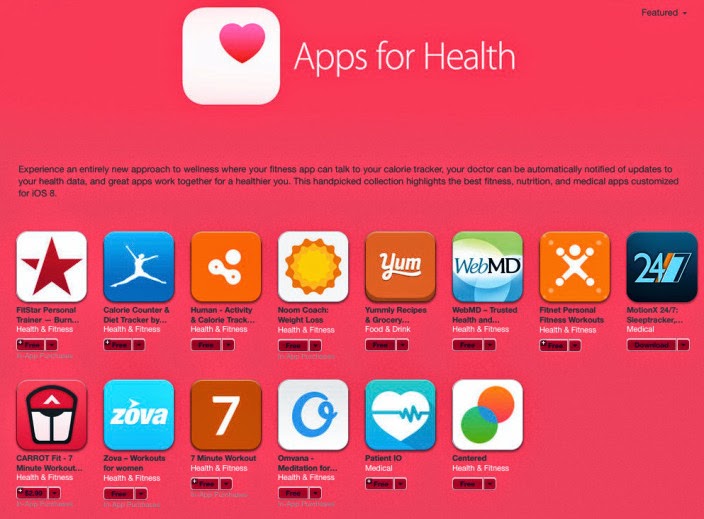4 Security Settings iPhone Thieves Hate
Let’s look at some security settings that thieves hate to encounter and find out how doing your part to secure your iPhone can cut down on iPhone theft rates all around the world:
Here Are 4 Security Settings iPhone Thieves Hate:
IOS 8’s Activation Lock Feature
A new anti-theft feature that Apple added to the iOS 8 release is being credited for having a major impact on iPhone theft rates worldwide. The feature is called “Activation Lock” and it requires a user to authorize a data wipe or fresh installation of the operating system.
Before this feature was part of iOS, a thief could wipe a phone clean, removing all trace of the previous owner, making it easier to resell on the black market or elsewhere. Now, with the addition of the Activation Lock Feature, the owner of the phone has to enter their account password before the phone can be wiped, this essentially binds the phone to a person and makes it much less of an attractive target because it cannot be easily wiped and resold.
According to some reports, this feature has led to a strong decline in iPhone theft in some places because the crooks now realize that stealing phones with Activation Lock enabled may be more trouble then they're worth.
Touch ID and a Strong Passcode
iPhones with the new Touch ID (fingerprint reader) add a layer of security by allowing users to use a fingerprint scan in lieu of typing in their passcode.
The reason thieves don’t like this feature is because users of Touch ID will probably not be afraid to use a stronger passcode since they won’t have to enter it very often thanks to the Touch ID alternative, Occasionally, Touch ID may fail, requiring passcode entry, but this is fairly rare, so a complex passcode is not as big of a hassle as it once was.
On the flip side, if you’re not using a strong passcode, thieves might guess your code making the use of your Touch ID as a security measure irrelevant .
Restrictions Lockout of Location Services
Another thing that thieves like to do after they’ve stolen your phone is to turn off its ability to broadcast its location, allowing you, the rightful owner, to locate it and inform law enforcement where your stolen phone can be found.
You can make this task harder for thieves by enabling iPhone “Restrictions” (normally associated with parental controls) and locking out changes to “location services", Doing this essentially makes it so that a thief would have to know your 4-digit restrictions passcode in order to turn off your phone’s GPS homing beacon.
Check out our article on How To Prevent Thieves From Disabling Find My iPhone for detailed instructions on how you can make the correct settings change to prevent the bad guys from turning location services off.
Lost Mode (Remote Lock)
Introduced in iOS7, remote lock was another major data privacy and theft deterrent feature that Apple added to the iPhone OS. If you can’t find your phone and you’re pretty sure it’s not under a couch cushion at your house, Lost Mode will lock it with a passcode, and allow you to display a message of your choosing such as “Give Me Back My Phone!!” Lost mode renders your phone pretty much useless to thieves and helps protect your personal data.
Lost mode also suspends use of your credit cards that are on file with Apple so that crooks can’t rack up purchases on your dime.



Comments
Post a Comment